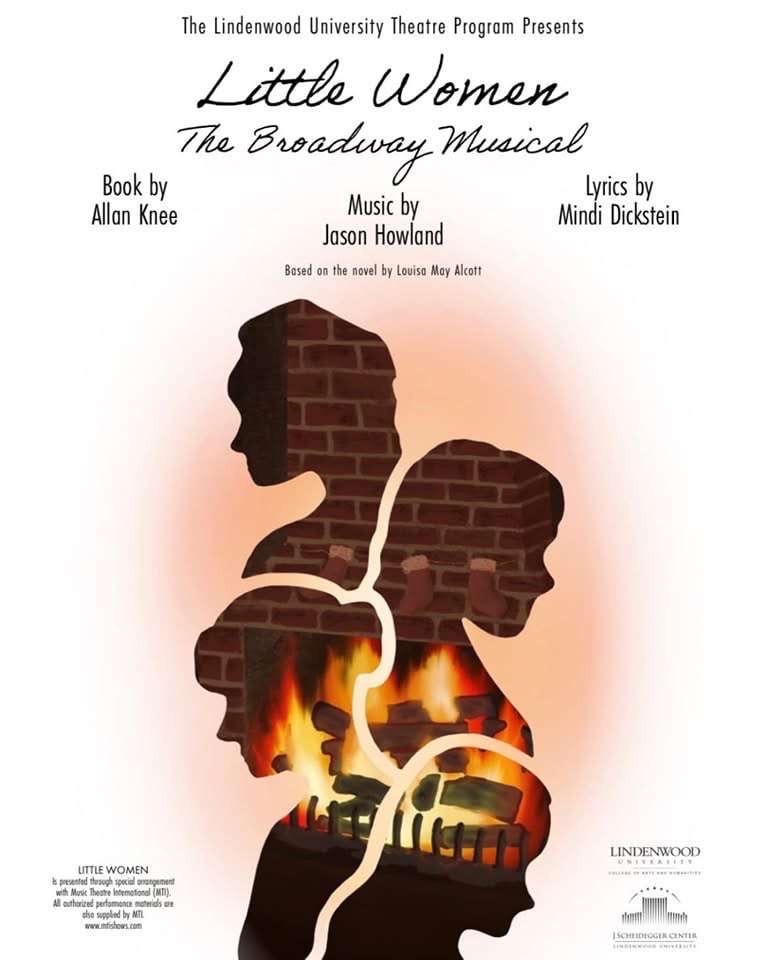
Michael Fassbender as a dramatized version of the founder of Apple in “Steve Jobs”
Devin King | Reporter
Friday, October 23; 9:00 a.m.
What makes a good biopic is a good story rather than being accurate and 2015’s “Steve Jobs” is a biopic that does just so. It is a film that tells a compelling story about a powerful man and his daughter but many liberties are taken, such as how the story is told and how the characters act. Before his death, Jobs was known as an arrogant leader, as written about in Walter Isaacson’s 2011 book upon which the film is based, but the film amplifies the real-life Jobs’ flaws in order to tell a more interesting story.
Taking place throughout the 1980s and 90s, the plot centers on the late founder of Apple, played by Michael Fassbender who is a man who ruthlessly runs his company with the essence of a North Korean dictator. Jobs threatens people, denies obvious truths and views himself as someone more intelligent and important than everyone else around to the point where he sees himself as an almost godlike figure.
Jobs’ story is told in the moments before he enters the stage for three of the most significant product launch presentations. The heart of the story is his relationship with his daughter Lisa (played at three different ages by different young actresses) and how their relationship changes his character. Much like a stage play, the dialogue consists of one-on-one interactions with Jobs and the supporting characters as they enter and exit the screen between scenes.
Focusing on a character that has essentially lost touch with his own humanity is a brilliant choice to tell Jobs’ story. Even though Jobs is an incredibly unlikeable character, it makes sense that he would develop this personality from being the perfectionist that he was. Focusing on his relationship with Lisa allows for a healthy amount character development and a fully fleshed out story to take place.
“Steve Jobs” is filled with many exceptional performances, especially from Fassbender who disappears into his role. He is generally scary when he is expressing anger, yet is also convincing when his character needs to be persuasive. Kate Winslet and Seth Rogan, who play Joanna Hoffman and Steve Wozniak respectively, are also major highlights.
The main gimmick of the film is showing Jobs interacting with characters that have an important role in his life and showing how he has, or in some cases has not, changed. Why this may seem like a repetitive idea, it is executed very well thanks to Fassbender’s masterful performance and screenwriter Aaron Sorkin’s (“Moneyball,” “The Social Network”) entertaining script.
What is also highly entertaining throughout is the visuals in the film. Despite being about a man that walks around before press conferences, “Steve Jobs” is one of the best looking films of the year. The lighting paints dramatic shadows that highlight the harsh nature of Jobs’ speech. Director Danny Boyle creates visuals, such as works typed out in lights on screen, that also make the film gorgeous.
There is no way that everything that happened or said in “Steve Jobs” happened the way it did in real-life, but the film has so much going for it that it renders that fact unnecessary. At the end of the day, the film is a smartly written and well performed work of art.











